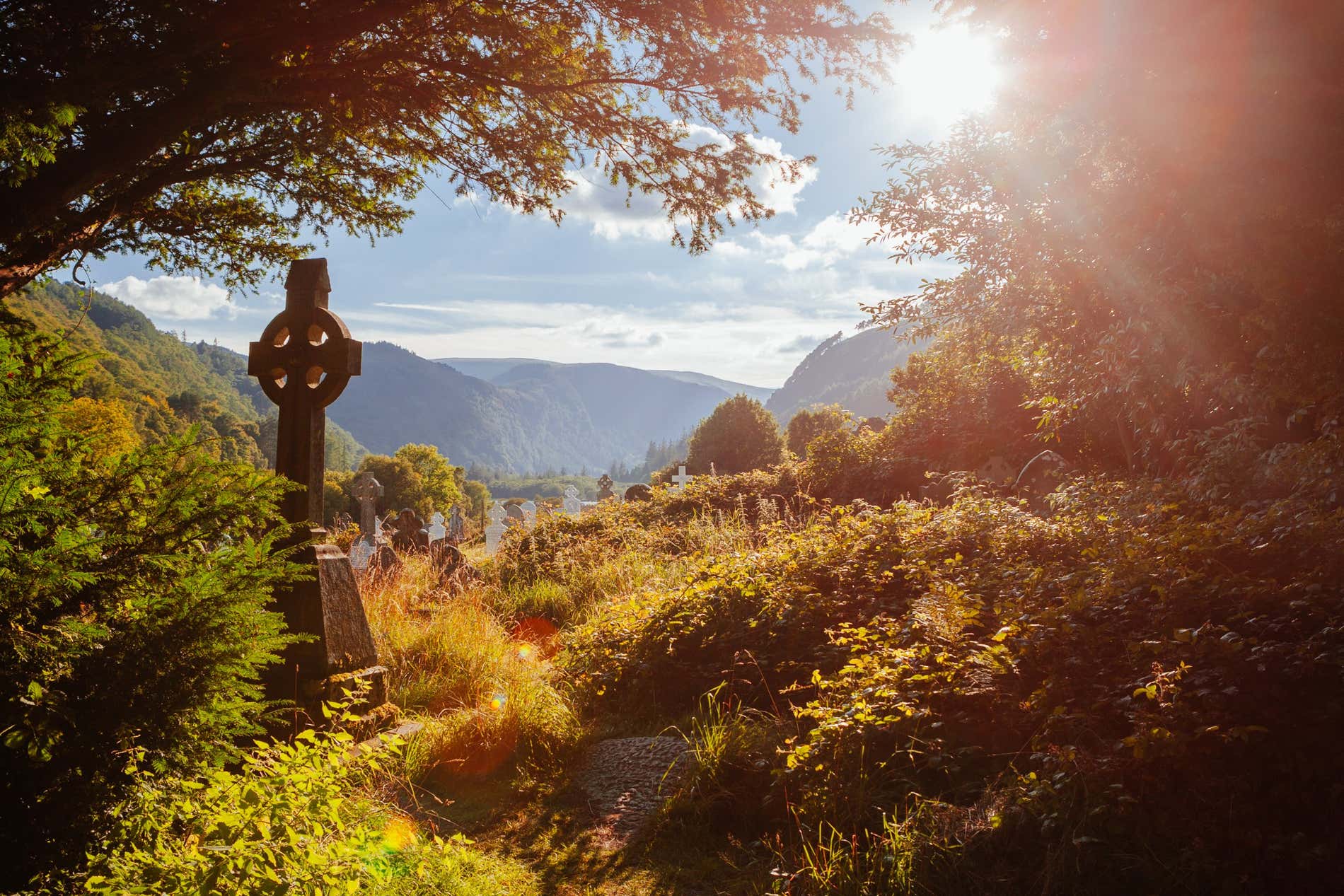The 11 Most Active Volcanoes in the World
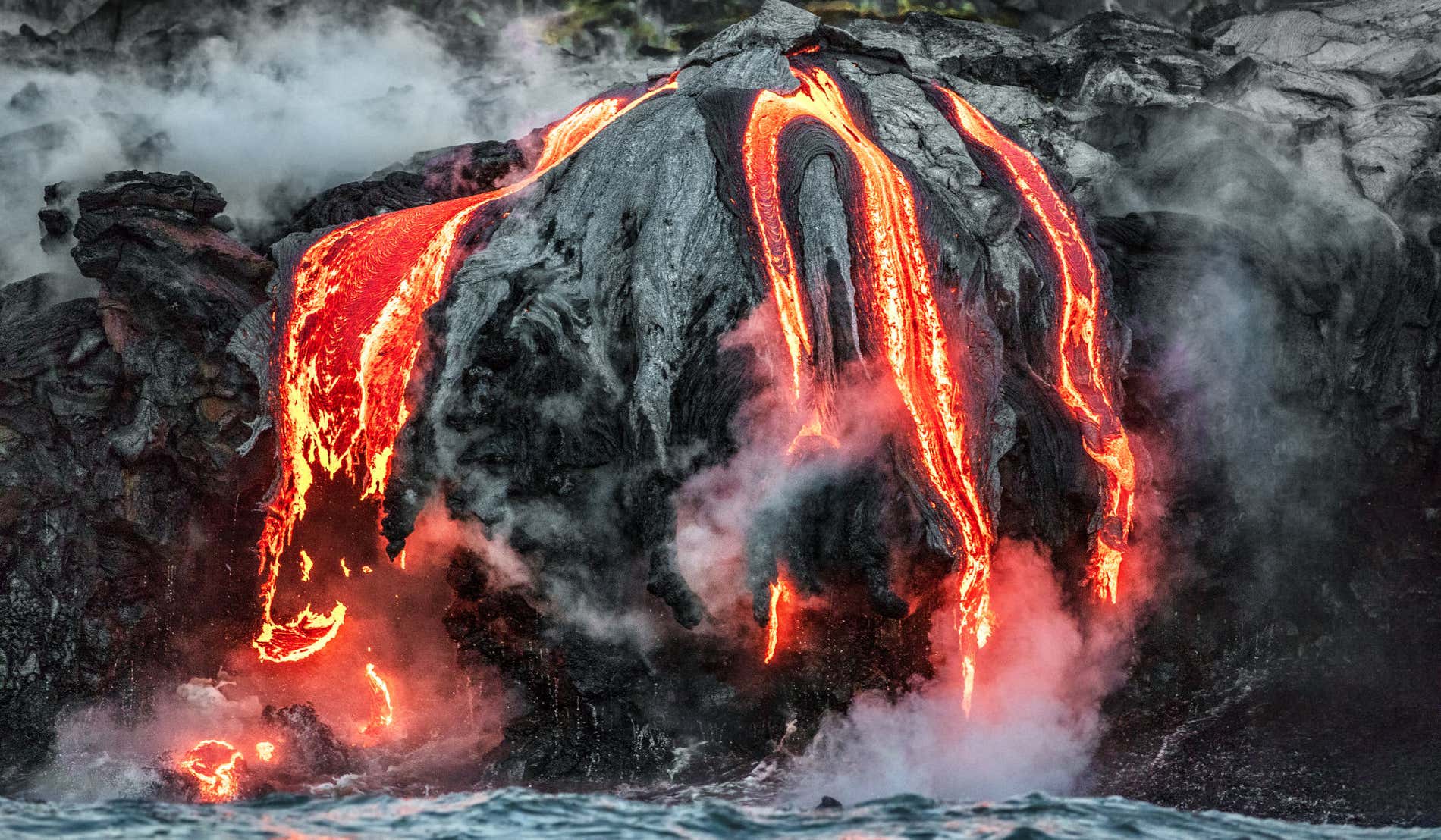
Volcanoes: dangerous, exciting, mesmerising. No matter what adjective you’d use to describe them, volcanic eruptions are a constant reminder of how alive our planet is. Some go centuries without erupting while others are much more regular and predictable. They’re the perfect example of nature’s unrelenting power and beauty. From Europe and Asia, to Africa and Central America, we’ve compiled a list of the 11 most active volcanoes in the world.
What is an Active Volcano?
A volcano is an opening in the Earth’s crust which expels material from within the Earth’s mantle. A volcano is deemed active when there is some kind of current activity; whether that’s frequent eruptions, large explosions or gas emissions. Those that solely emit gases, despite technically being active, are also called dormant.
Perhaps most people think of glowing lava spurting out of volcanoes when they think of an eruption. However, volcanoes also release ash, rocks and various gases. Therefore, all volcanoes and volcanic eruptions are different!
The World’s Most Active Volcanoes
-
- Kīlauea, Hawaii’s most active volcano
- Etna, one of Italy’s most famous volcanoes
- Osorno Volcano, South America’s Mount Fuji
- Nyiragongo, an enormous volcano almost 3,500 metres tall
- Stromboli, a real spectacle
- Volcán de Fuego and its links with a Spanish Explorer
- Geldingadalur and Iceland’s continuous volcanic activity
- Mount Yasur, the most accessible active volcano in the world
- Cumbre Vieja Natural Park and the eruption of La Palma
- Colima, one of Mexico’s most active volcanoes
- Sakurajima, a real icon of Japan
1. Kīlauea, Hawaii’s Most Active Volcano
Firstly, we’re headed for Hawaii. Located in Hawaiʻi Volcanoes National Park, Kīlauea is one of the most active volcanoes in the world. At 1,247 metres (4,090 feet) tall, this volcano has been in a state of eruption countless times since records began at the end of the 19th century.
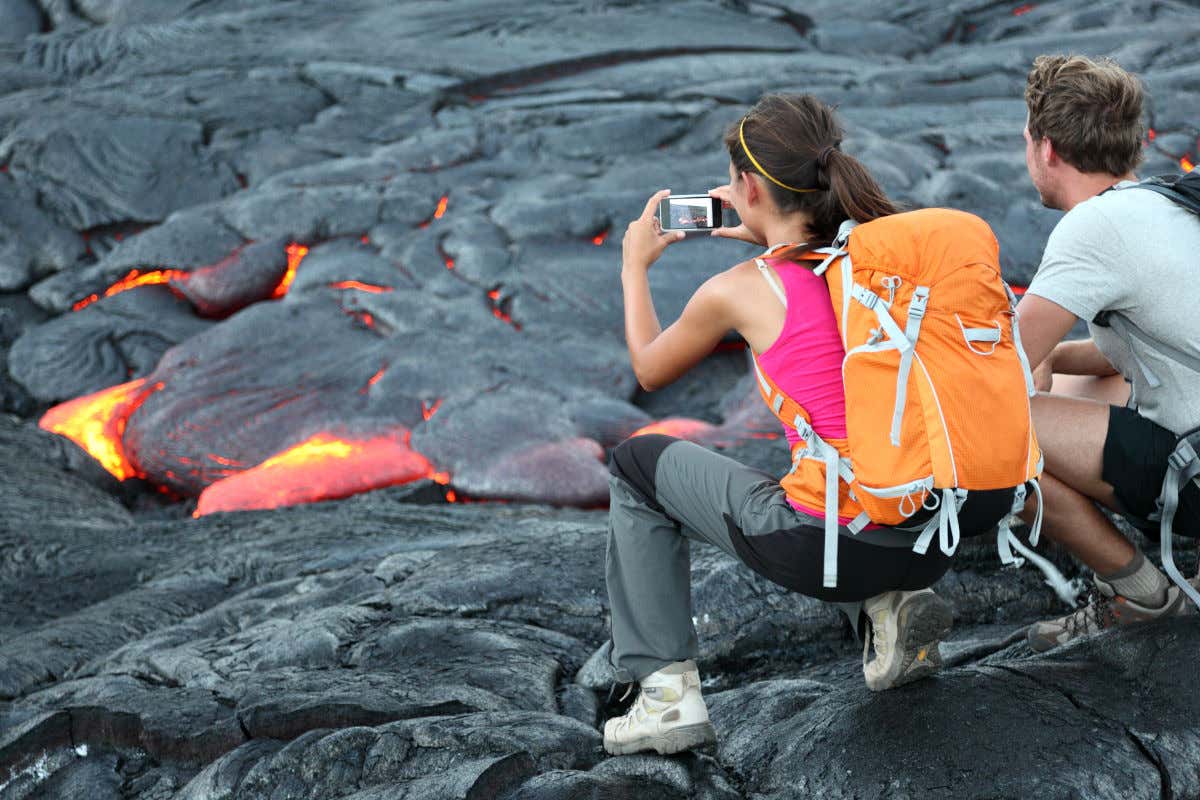
This area is a UNESCO World Heritage Site and, thanks to the relatively calm nature of Hawaii’s volcanoes, it’s become an important tourist attraction. Lava flow here is fairly slow, meaning that tourists can safely get close to take photos.
You should join us on a tour of Hawai’i Volcanoes National Park and experience these volcanoes and the volcanic landscape for yourself! If you want a more complete day trip, including a flight from Honolulu to the Park plus a 45-minute helicopter ride over the volcano, you can opt for this Hawai’i Volcanoes National Park Day Trip. Hawaii and its many active volcanoes await!
2. Etna, One of Italy’s Most Famous Volcanoes
1971, 1981, 1991, 2002, 2004, 2007, 2012, 2018, 2020, 2021, 2022… These are some of the years when Etna has most recently erupted. Some were much less fierce than others, while others have been much more violent and aggressive. Regardless, this volcano in the east of Sicily is one of the most active in the world.
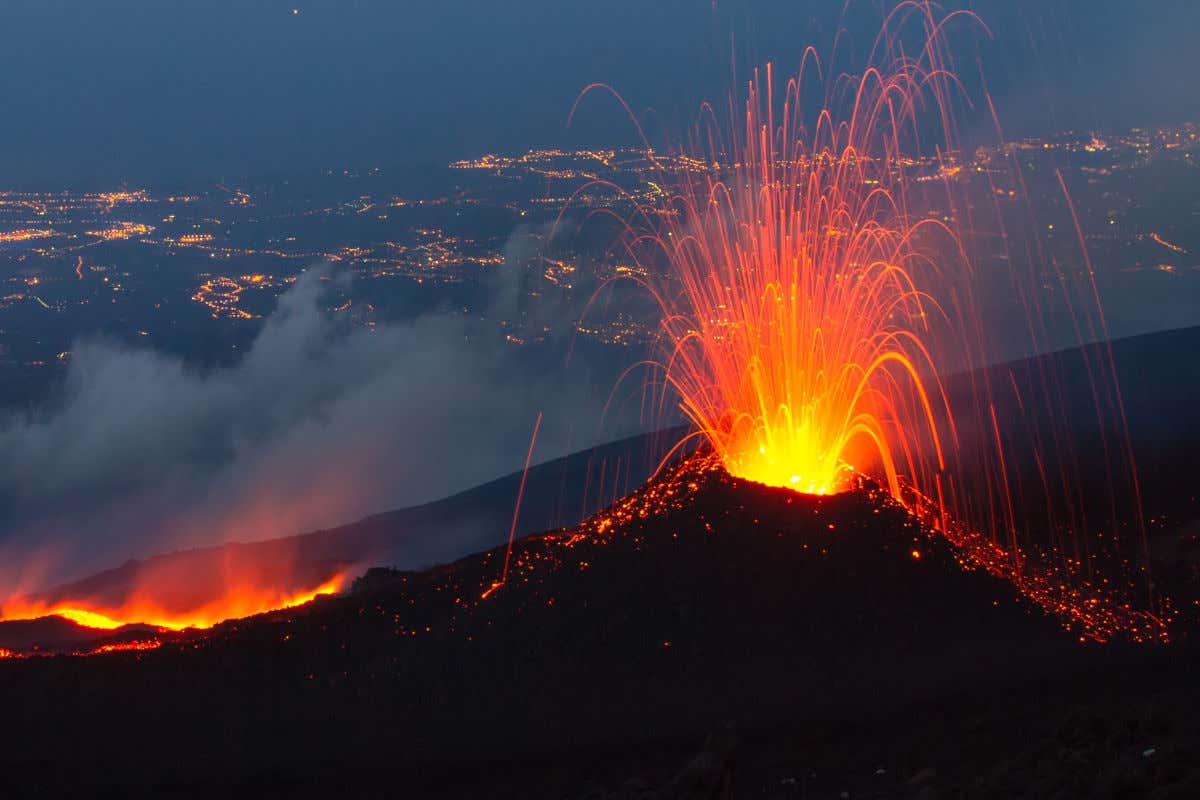
Learn more about this impressive active volcano on this exciting Mount Etna Historic Tour, or explore the volcano site on this Hiking Tour of Etna. Don’t fancy walking? Then this Mount Etna Jeep Tour with Lunch is perfect! If you’re in Catania, Messia or Giardini Naxos, you can’t miss a trip to Mount Etna.
3. Osorno Volcano, South America’s Mount Fuji
Between the provinces of Osorno and Llanquihue, in the region of Lakes in Chile, you can find Osorno Volcano. Between the years of 1575 and 1869, 11 eruptions have been recorded, making it one of the most active volcanoes in the Andes. Material such as basalt, andesite and magma created by the explosions are scattered around the province of Llanquihue, as well as All Saint’s Lake.
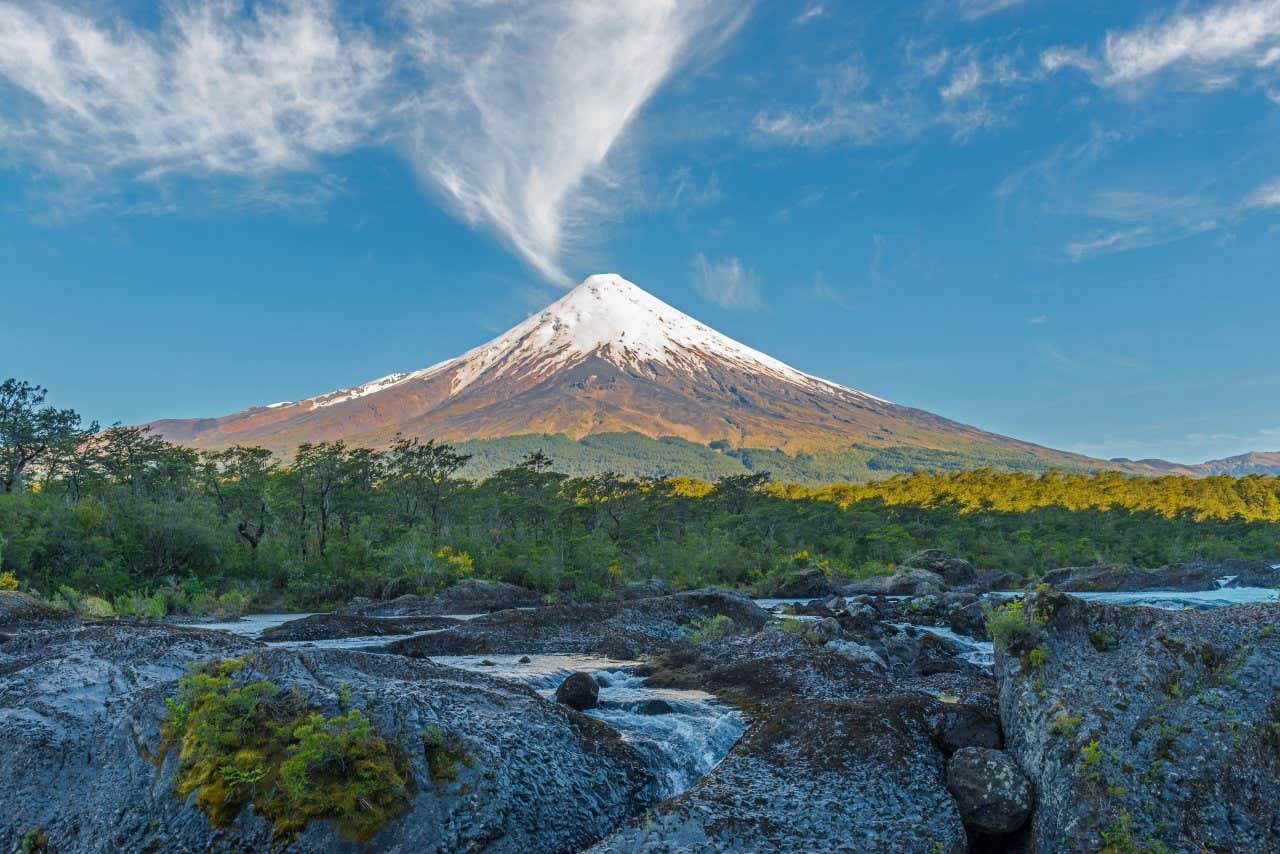
Its snowy peak makes it a local symbol, towering above the surrounding countryside. Some people even liken it to Japan’s famous Mount Fuji! If you’re planning a trip to Chile, don’t miss out on a day trip to Osorno Volcano from Puerto Montt or Puerto Varas!
4. Nyiragongo, An Enormous Volcano almost 3,500 metres tall
The Democratic Republic of Congo is also home to one of the most active volcanoes in the world. At 3,470 metres (11,385 feet) above sea level, Nyiragongo lies in Virunga National Park. This African volcano is famous for its huge lava lake, an enormous magma basin that’s approximately 230 metres (755 feet) wide in diameter.
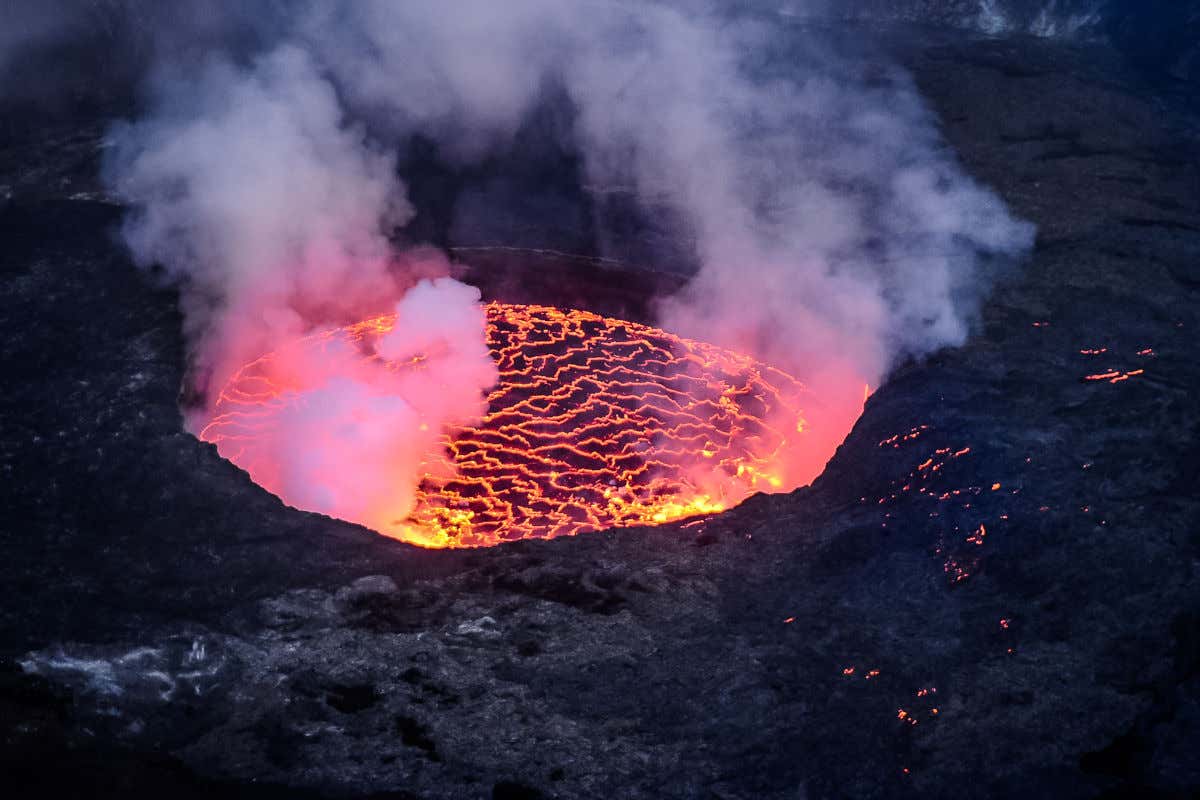
While the work of volcanologists has been difficult due to continuous wars in the area, it’s believed that this volcano’s level of danger is increasing and that it will reach its peak between 2024 and 2027. So, if you love volcanoes, this is definitely one to have on your watch list over the next few years!
5. Stromboli, A Real Spectacle
Although we’ve already spoken about one of Italy’s active volcanoes, there’s another worth mentioning. Stromboli is a small volcanic island in the south of Italy. Here, you can find a stunning active volcano that has become a huge tourist attraction in the Tyrrhenian Sea.
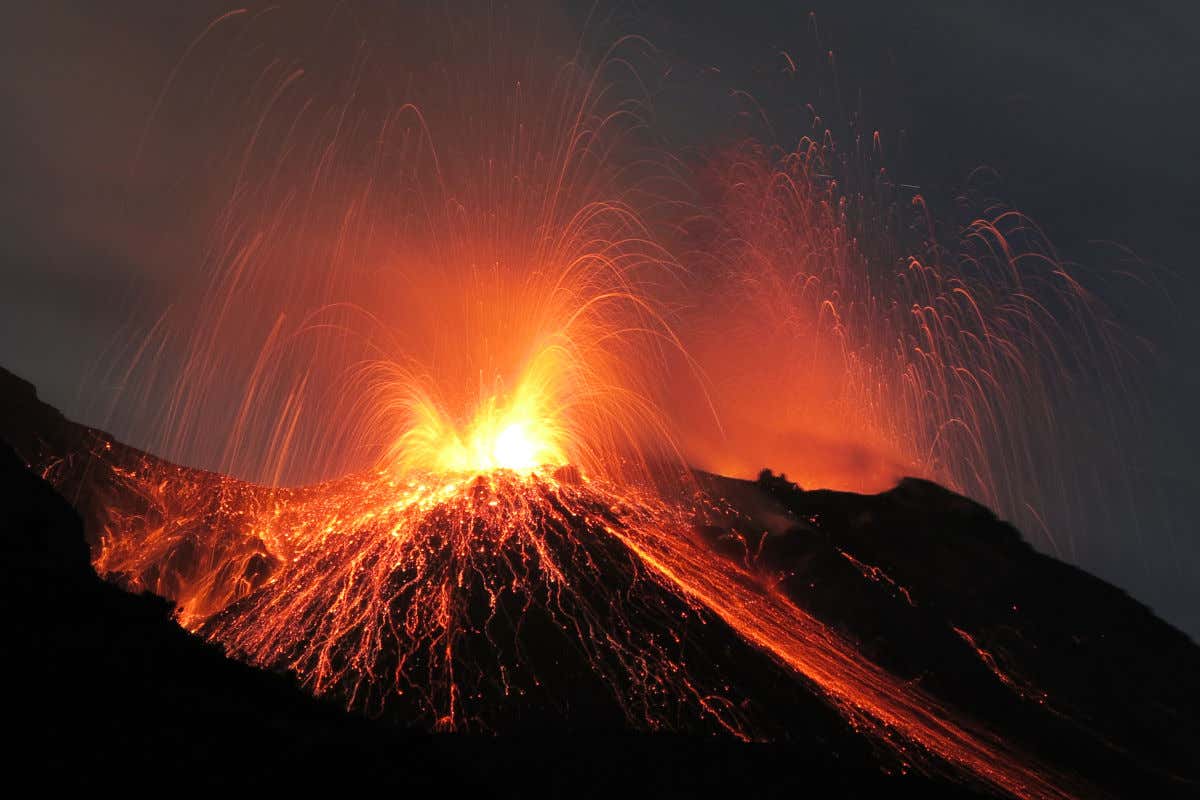
From the nearby cities of Lipari, Messina and Milazzo, you can catch a boat that will take you around the island. We recommend visiting at night, when you can admire the glowing lava fountains spouting from the mouth of the volcano and trickling down the slopes. This is known as Sciara del Fuoco. It’s such a stunning spectacle! The best way to witness this spectacle is on this Stromboli and Panarea Tour.
6. Volcán de Fuego and its Links with a Spanish Explorer
One of the most active volcanoes in the world is found in the south of Guatemala. This volcano experiences continuous violent eruptions. In fact, according to some documents from the 16th century, it’s believed that the Spanish explorer Pedro de Alvarado saw one of these eruptions around the year 1524.
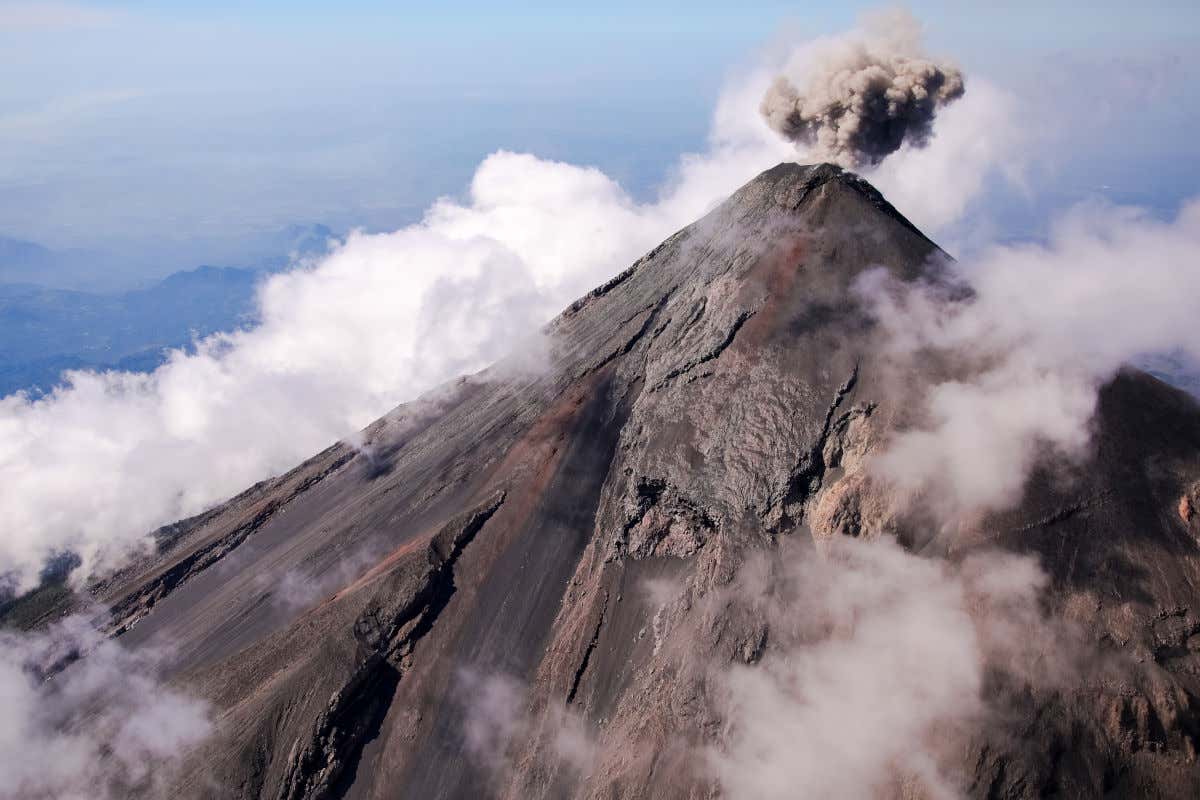
According to historical records, this volcano has erupted around 20 times since, with the most recent being in 2018. However, every 20 minutes or so, it shoots out small amounts of grey ash and firey red lava, creating a stunning spectacle for visitors. Crazy right? Without a doubt, it’s one of the most active volcanoes in Central America.
7. Geldingadalur and Iceland’s Continuous Volcanic Activity
Iceland is one of the first countries we think of when we’re talking about volcanoes. It’s not nicknamed the Land of Fire and Ice for no reason! Who doesn’t remember the Eyjafjallajökull eruption in 2010? Its smoke and ash caused airspace to be closed over a huge area of northern Europe for days. Nonetheless, there are many examples of other fascinating volcanic eruptions in Iceland.
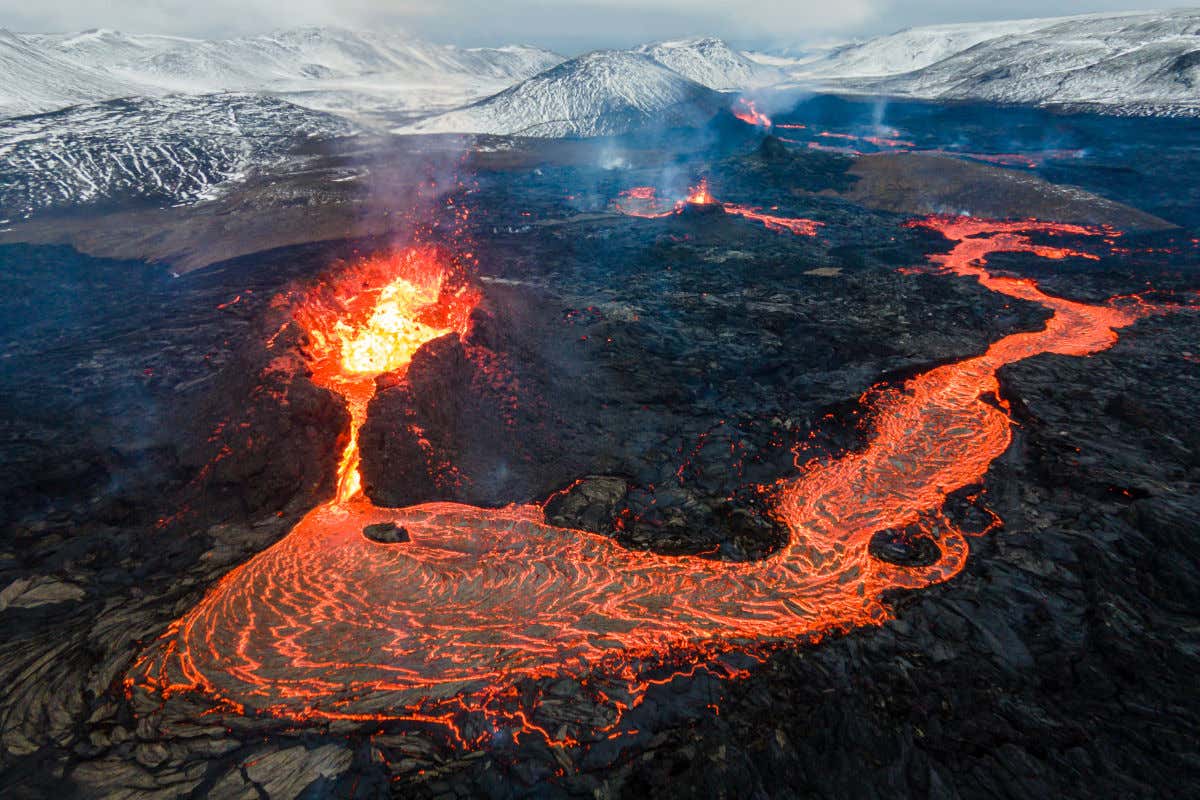
The Geldingadalur Valley is famous for its gushing crater despite not being an extremely violent volcano. In fact, it’s an area of special interest for volcanologists, as its eruption in 2021 was the first magma emission on the Reykjanes peninsula in almost 800 years. This has since been described as the start of a new era of volcanic activity in the peninsula, as several eruptions of different sizes and strengths have followed in recent years and months. Therefore, this is another area to keep your eye on if you fancy witnessing a volcanic eruption up close in the years to come!
If you’re in Iceland and want to learn more about the country’s incredible volcanic activity, the LAVA centre is a must. Experience simulations of volcanic eruptions and see real footage of past eruptions with your LAVA centre ticket. Want to experience a volcanic site up close and personal? Then, this tour of the Raufarholshellir Lava Tunnel is a must!
8. Monte Yasur, The Most Accessible Active Volcano in The World
Next, we’re travelling to Vanuatu, in Oceania, a country formed of many tiny islands. One such island is Tanna, where you can find Mount Yasur. This volcano has risen to fame as the world’s most accessible active volcano. This huge volcano, at 361 metres (1,185 feet), is one of the most widely studied in the world. Discover why!
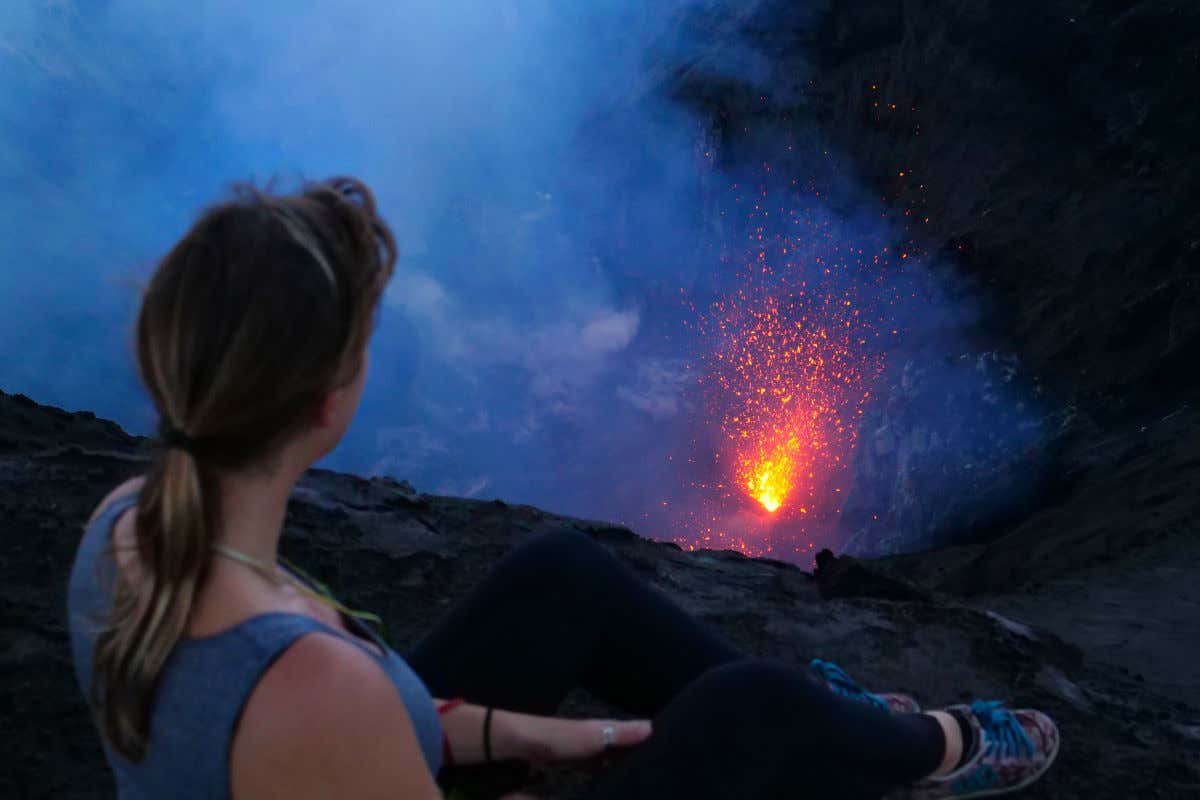
Due to its popularity, the local government has created a series of alerts to advise visitors when the best time to visit this volcano is. Many tourists flock here to watch magma explode from inside the earth. Incredible, right?
9. Cumbre Vieja Natural Park and the Eruption of La Palma
The Canary Islands were formed by thousands of years of volcanic activity, with the eastern islands being older than those in the west. Therefore, La Palma in particular, or Cumbre Vieja Natural Park, is one of Spain’s most active volcanic spots.
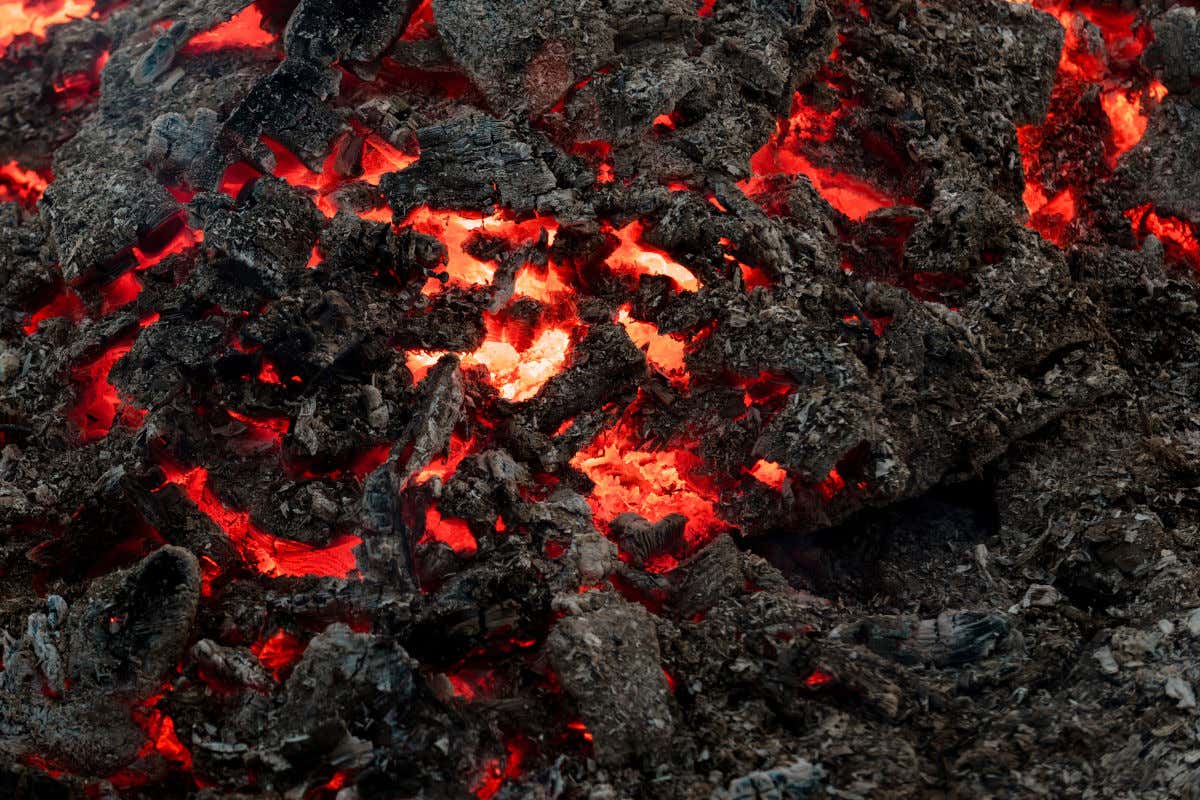
The eruption in September 2021 came 50 years after the eruption of Teneguía, also located in the Cumbre Vieja mountain range. This proves that the island of La Palma is still very much alive beneath the surface. Moreover, the solidified lava flows from both eruptions formed a very unique landscape, typical of this volcanic archipelago.
If you want to explore this area and learn all about the most recent eruptions on La Palma, join us on this Tajogaite Volcano Day Trip. Similarly, the nearby island of Lanzarote is also full of evidence of past volcanic activity. Why not enjoy a Volcano Hike in Timanfaya National Park to discover extinct craters and fascinating lava tunnels? There’s much more to Spain than just sun, sea and sand!
10. Colima Volcano, One of The Most Active in Mexico
Mexico is also a land of volcanoes. Colima, reaching 4,000 metres (13,120 feet) in altitude, is a clear example of this. In addition to the lava explosions that have occurred in recent years, this volcano’s activity includes the emission of columns of smoke and ash. In fact, this crater is known as one of the most dangerous volcanoes in Latin America.
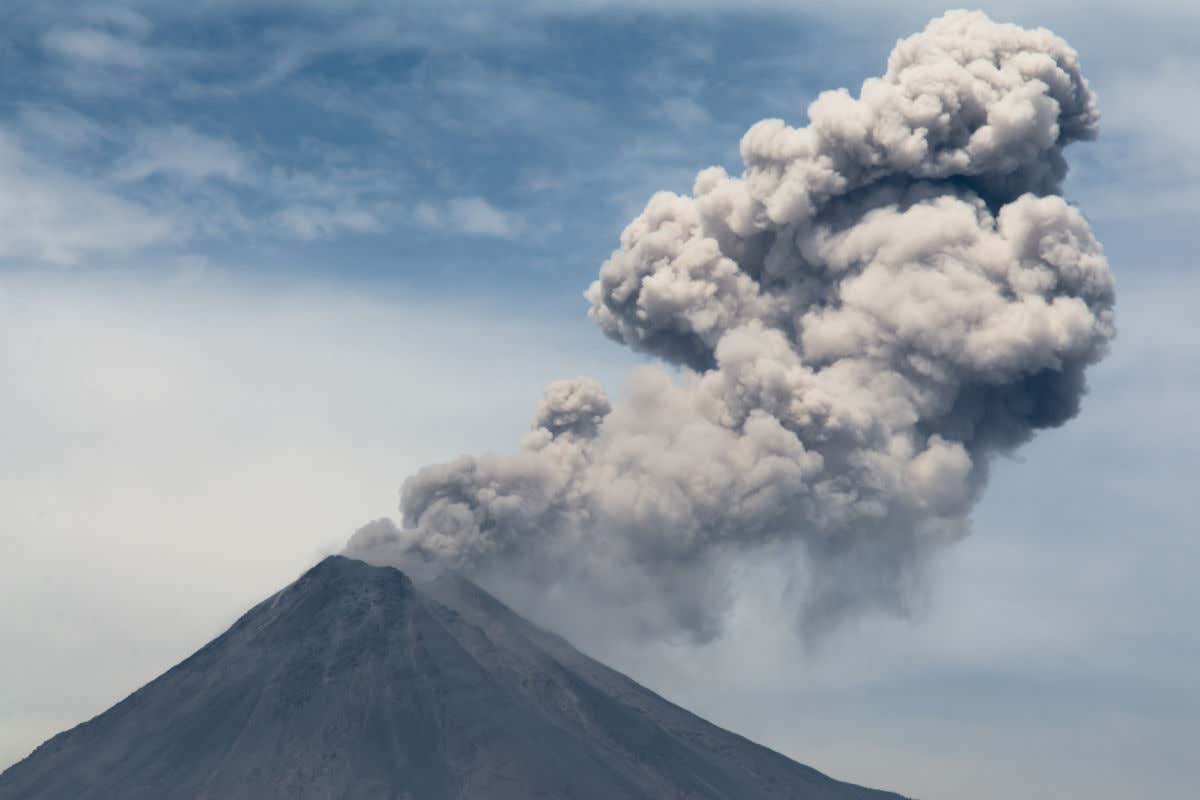
Popocatepetl Volcano is another super active volcano in Mexico, having most recently erupted in December 2018. It’s also the second-highest peak in the country and the second-highest volcano in North America. Fancy a visit? Explore the Popocatépetl and Iztaccíhuatl volcanoes on this fantastic tour.
11. Sakurajima, An Icon of Japan
Finally, we head to Japan. Sakurajima, located opposite the city of Kagoshima, is one of the world’s most active volcanoes. In recent years, this volcano in Japan has erupted thousands of times. Although during times of peak activity, this area is closed to tourists and locals are moved to avoid accidents, when it’s less active, you can visit this spot and enjoy hiking in the area.
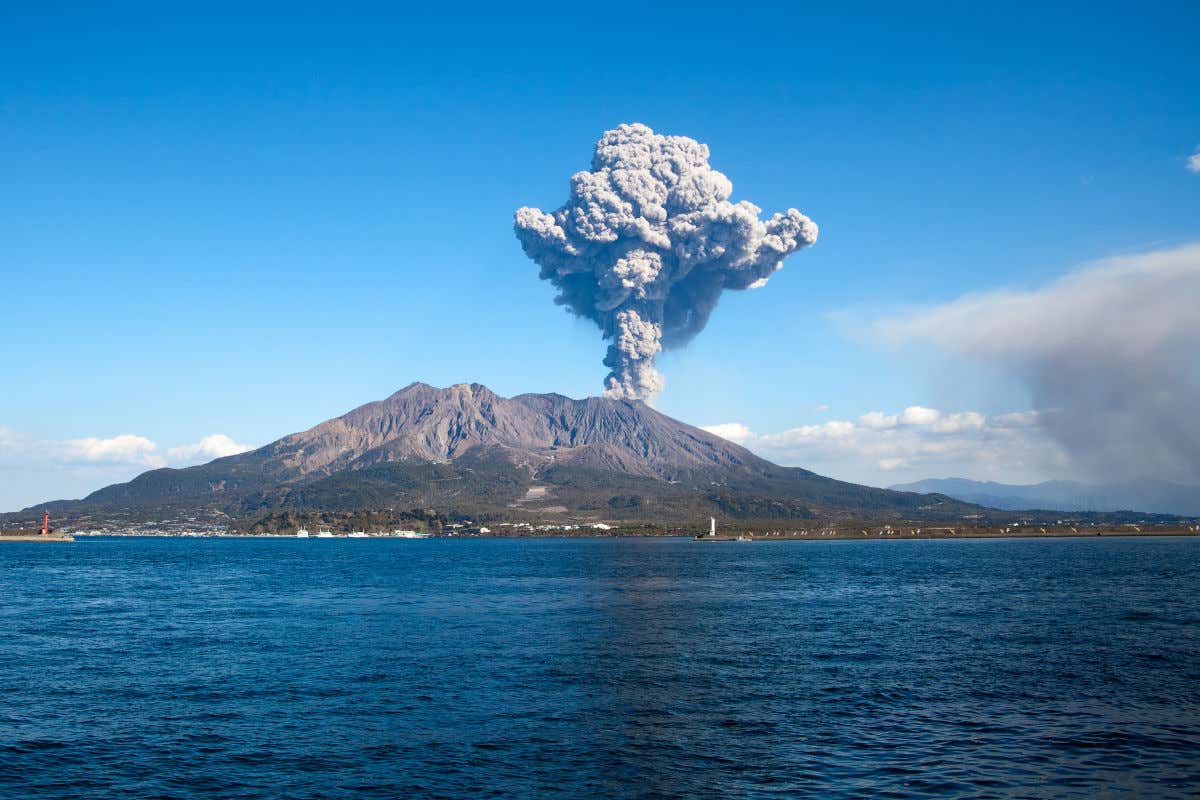
Until 1914, this volcano was on a totally isolated island. That year’s eruption caused the island to join with Kyusha, creating the Peninsula of Osumi we find today. This is yet another example of how the world’s most active volcanoes are totally unpredictable and have huge impacts on the world in which we live.
Now you’ve learnt a bit about some of the most active volcanoes in the world, we’re sure you’re itching to travel and visit some of them. Don’t forget to check out what activities, tours and transfers we offer at Civitatis to make sure you make the most of your trip!






